Subtotal: ₹8,898.00
Turbidity Sensor with Module
Available on backorder
- Operating Voltage: 5VDC.
- Current: 30mA (MAX).
- Operating temperature: -30 ° C to 80 ° C.
- Compatible with Arduino, Raspberry Pi, AVR, PIC, etc.
- Measuring Range: 0 ~ 1000 NTU.
₹663.00 ₹763.00
Available on backorder
This is an electrical monitoring module called a turbidity sensor that was created specifically to work with microcontroller platforms like Arduino, Raspberry Pi, PIC, ARM, and AVR, among others.
The Arduino Turbidity Sensor is a very effective tool for detecting and confirming the quality of water. It measures turbidity and allows results to be confirmed through the use of an analog or digital signal placed next to the appropriate pins in the accompanying electrical module. The Turbidity Sensor measures the amount of light transmittance and the dispersion rate, which vary based on the amount of TSS (Total Suspended Solids) in the water. When levels rise, the turbidity of the liquid also rises. The Turbidity Sensor emits an infrared light at its end that is invisible to human vision.
The Arduino Turbidity Sensor is commonly utilized across various projects aimed at monitoring water turbidity levels in natural bodies of water such as rivers, streams, and lakes, as well as in controlled environments like research sites, laboratories, and liquid tanks. This sensor features a specialized end designed for direct contact with the water, and it integrates an electronic module responsible for amplifying and transmitting the collected data to the project’s microcontroller.
Theory of Operation
The sensor functions based on the principle that the transmission of light through a water sample is influenced by the presence of suspended particles, such as soil. As the concentration of soil particles increases, the transmission of light decreases accordingly. By measuring the intensity of transmitted light, the turbidity sensor assesses the turbidity level of the water. These turbidity readings are then relayed to the dishwasher controller, which utilizes this data to determine the appropriate duration for each washing cycle. The decision-making process involves comparing the initial measurements of clean water, taken at the onset of the wash cycle, with the turbidity measurement of the wash water obtained at the conclusion of each cycle. By assessing the turbidity of the wash water, the dishwasher can optimize energy usage for lightly soiled loads, washing only for the required duration. This targeted approach ensures energy conservation, leading to cost savings for the consumer.
Interfacing Turbidity Sensor with Arduino:

Features:
- Compatible with Arduino, Raspberry Pi, AVR, PIC, etc.
- Measures turbidity of water in rivers.
- Detects and verifies water quality.
- Digital and analog output;
- Able to detect particles that are suspended in water.
- Trimpot for sensitivity adjustment.
- Ideal monitoring of water turbidity in rivers, streams, lakes, water boxes, catchment and research sites, laboratories, tanks with liquids and etc.
- Comes with a module and jumpers
Package Includes:
1 x Turbidity Sensor with Module.
1 x Connecting Cable.
Based on 0 reviews
Only logged in customers who have purchased this product may leave a review.
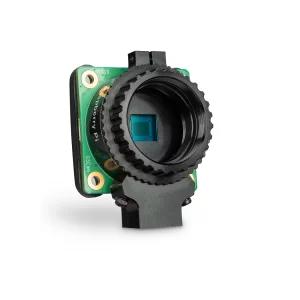 Official Raspberry Pi Global Shutter Camera
Official Raspberry Pi Global Shutter Camera  Raspberry Pi Camera Module 3 NoIR
Raspberry Pi Camera Module 3 NoIR 
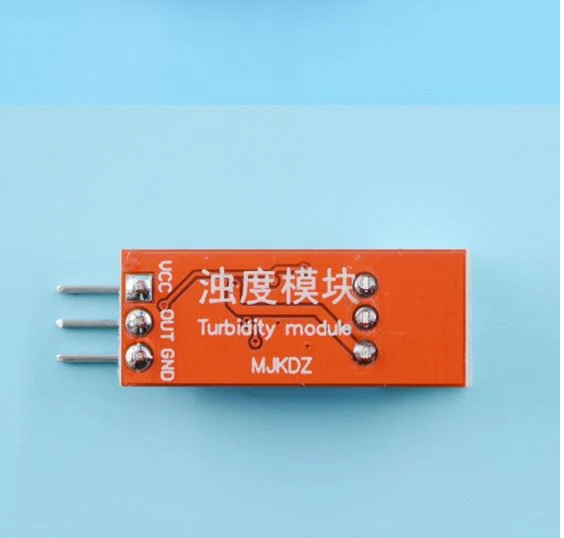
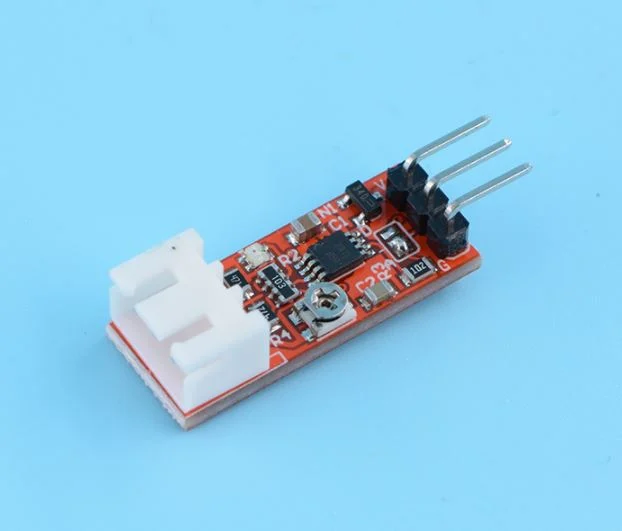
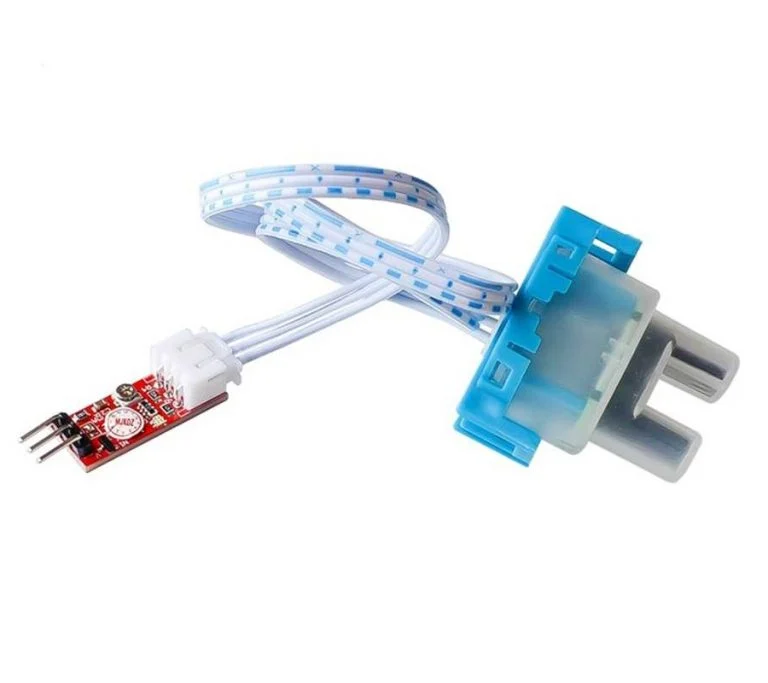
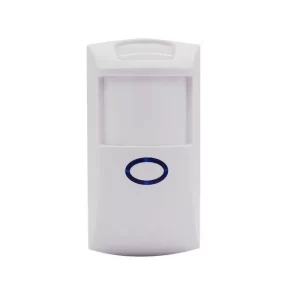

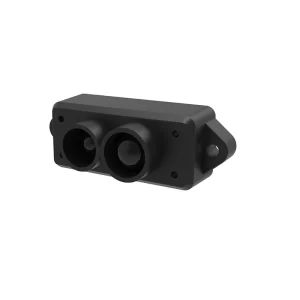












There are no reviews yet.